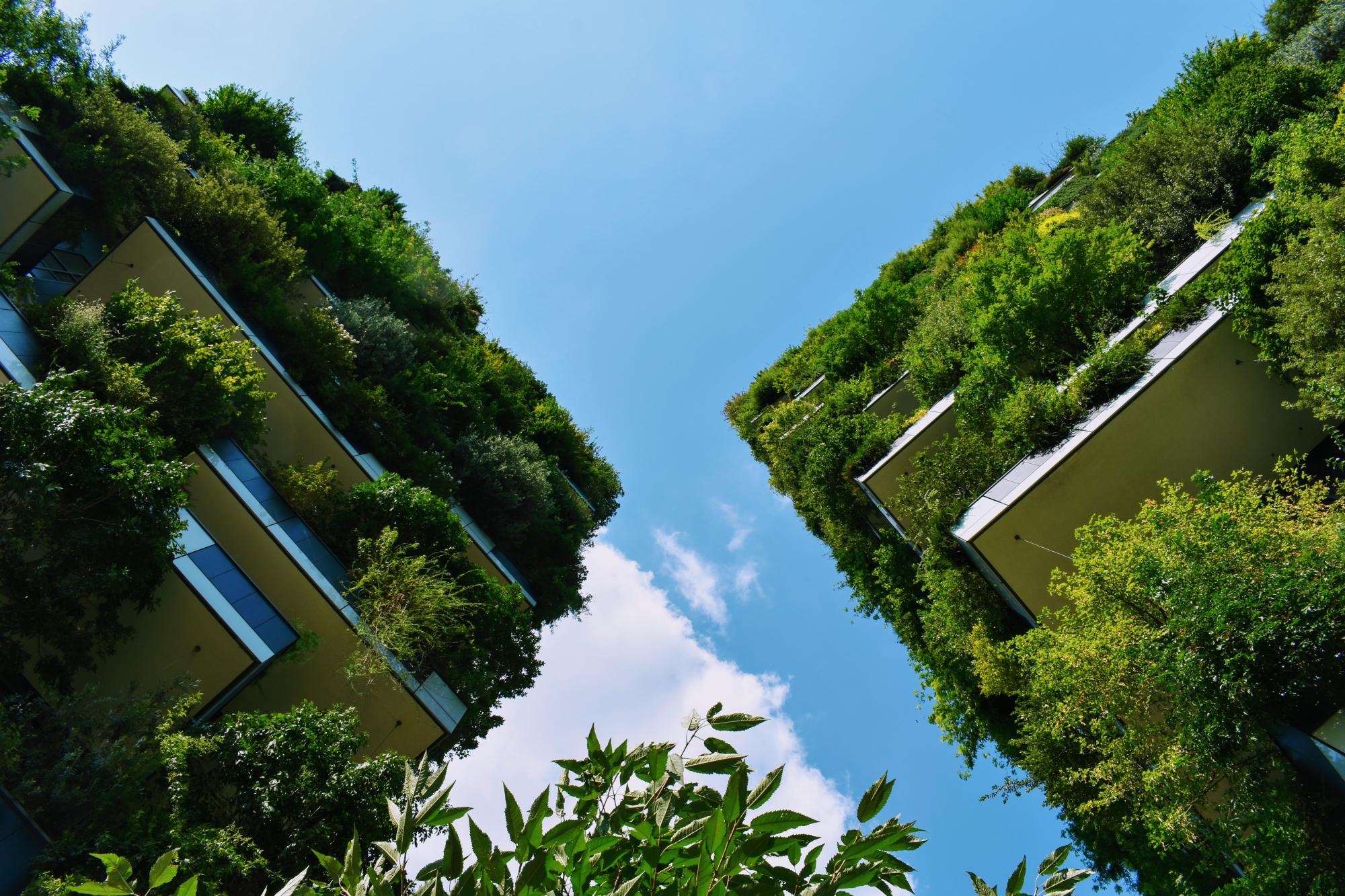From 1998-2002 Argentina went through an economic depression, which began after the Russian and Brazilian financial crises, caused widespread unemployment, riots, the fall of the government, and a default on the country's foreign debt. Rosario, the third-most populous city in the country, was not a stranger to the crisis' effects as many of its inhabitants were now living under the poverty line. Coupled with this, climate change was heating up the city and making rainfall more erratic, leading to both flooding in Rosario and fires in the nearby river delta. To tackle urban inequality and climate change the Municipality of Rosario developed a program called "Urban Agriculture Program" which aims to give low-income residents access to underutilized and abandoned public and private land to cultivate food. Over the years, the municipality evolved the program into a cornerstone of its inclusive climate action planning. (1)
Overview
Nature-based solution
- Community gardens and allotments
- Allotments
- Community gardens
- Horticulture
Key challenges
- Climate action for adaptation, resilience and mitigation (SDG 13)
- Climate change mitigation
- Water management (SDG 6)
- Flood protection
- Green space, habitats and biodiversity (SDG 15)
- Green space creation and/or management
- Environmental quality
- Soil quality improvement
- Social justice, cohesion and equity (SDG 10)
- Social justice and equity
- Environmental education
- Economic development and employment (SDG 8)
- Economic development: agriculture
- Employment/job creation
- Sustainable consumption and production (SDG 12)
- Sustainable consumption
- Sustainable production
Focus
Project objectives
Implementation activities
Climate-focused activities
Climate change mitigation:
- Sustainable agriculture practices to reduce energy use or carbon emissions
Biodiversity conservation or restoration-focused activities
Biodiversity conservation:
- Protect and enhance urban habitats
- Reduce negative impacts and avoid the alteration/damage of ecosystem
- Means for conservation governance
- Biodiversity offsets
- Public engagement
Main beneficiaries
- Local government/Municipality
- Citizens or community groups
- Marginalized groups: Elderly people, Refugees, asylum seekers, and migrants, Socio-economically disadvantaged populations (e.g. low-income households, unemployed), People with functional diversities
- Food producers and cultivators (i.e. farmers, gardeners)
- Young people and children
Governance
Management set-up
- Co-governance with government and non-government actors
Type of initiating organisation
- Local government/municipality
- Non-government organisation/civil society
- Citizens or community group
Participatory approaches/ community involvement
- Co-planning (e.g. stakeholder workshops, focus groups, participatory mapping)
- Dissemination of information and education
- Consultation (e.g. workshop, surveys, community meetings, town halls)
- Joint implementation (e.g. tree planting)
- Co-management/Joint management
- Citizen oversight (e.g. boards, advisory)
Details on the roles of the organisations involved in the project
Project implemented in response to ...
Financing
Total cost
Source(s) of funding
- Public local authority budget
Type of funding
- Earmarked public budget
Non-financial contribution
- Provision of land
- Provision of goods
- Provision of labour
- Provision of expertise
- Exchange of services
- Public authorities (e.g. land, utility services)
- Citizens (e.g. volunteering)
Impacts and Monitoring
Environmental impacts
- Climate change
- Reduced emissions
- Green space and habitat
- Increased green space area
- Increased conservation or restoration of ecosystems
- Increased conversion of degraded land or soil
- Increased number of species present
Economic impacts
- Increase of green jobs (e.g. paid employment positions)
- Increase in agricultural production (for profit or not)
- Generation of income from NBS
Socio-cultural impacts
- Social justice and cohesion
- Fair distribution of social, environmental and economic benefits of the NBS project
- Increased access to healthy/affordable food
Type of reported impacts
Presence of formal monitoring system
Presence of indicators used in reporting
Presence of monitoring/ evaluation reports
Availability of a web-based monitoring tool
References
2. World Resources Institute (2021), Sustainable Food Production for a Resilient Rosario, available at Source link (accessed 11-10-2021)
3. IDRC -CRDI (2010), CASE STUDY: Rosario, Argentina — A city hooked on urban farming, available at Source link (accessed 11-10-2021)
4. ICLEI (2021), Sustainable Food Production for a Resilient Rosario, available at Source link (accessed 11-10-2021)
5. Carbono News (2021), Antonio Lattuca: "Elegimos la agroecología porque era práctica y solucionaba los problemas de la gente durante la crisis", available at Source link (accessed 11-10-2021)
6. Ministry of Development (2011), Pro Huerta program, available at Source link (accessed 11-10-2021)
7. University of Rosario (2014), CONSUMO DE COMBUSTIBLE Y EMISION DE CO2
COMPARANDO LA PRODUCCION Y TRANSPORTE DE VEGETALES HACIA LA CIUDAD DE ROSARIO, ARGENTINA CON UNA PRODUCCION LOCAL, available at Source link (accessed 11-10-2021)
8. Agricultura Urbana Rosario - no date, website for the intervention and the monitoring reports, available at Source link (accessed 11-10-2021)




